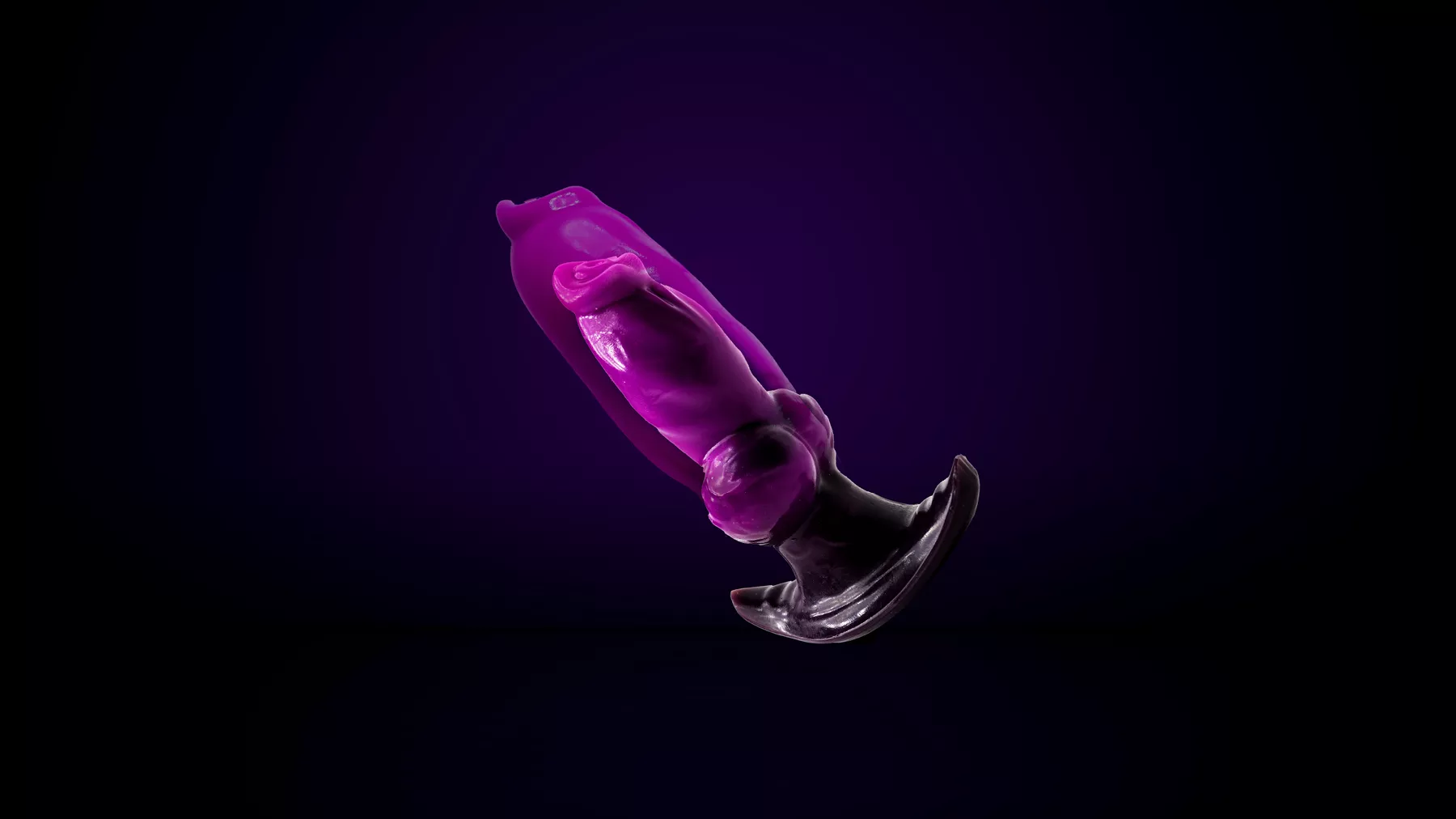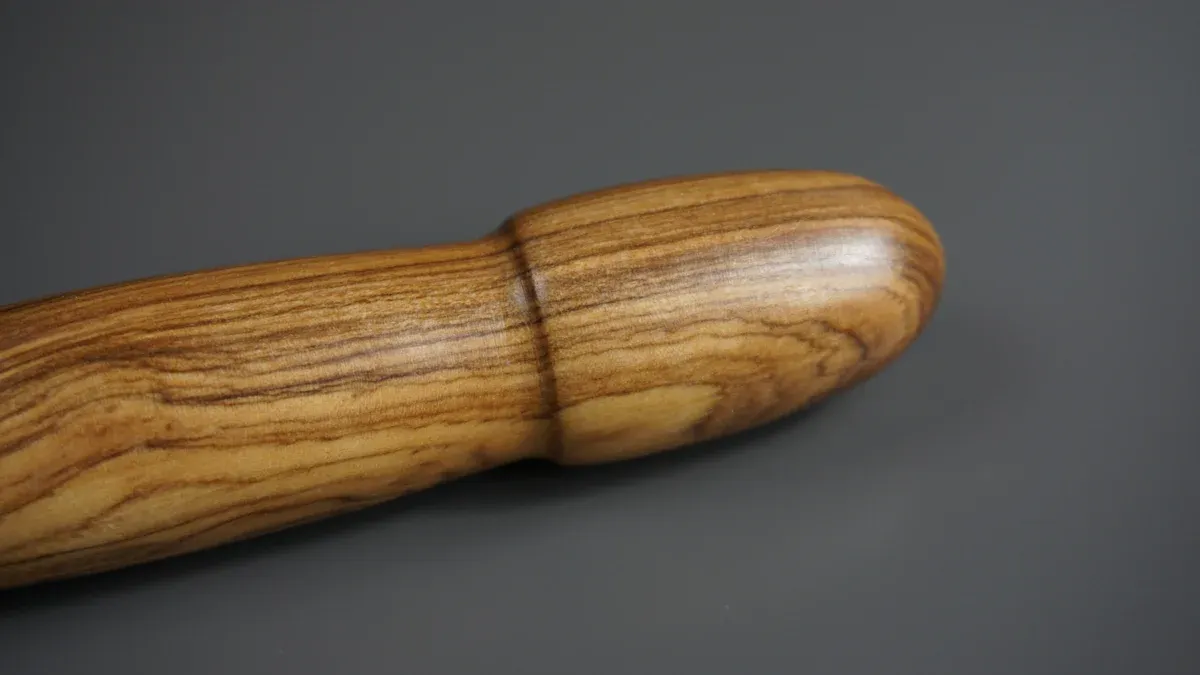How to Fix a Vibrating or Noisy Shower Head in 2025
Most people can fix a vibrating shower head at home. You only need a few easy steps. Loose pipes or fittings can cause this problem. Mineral buildup is another common reason. High water pressure can also make the shower head shake. Sometimes, air in the lines makes the showerhead rattle and noisy. A faulty valve can also cause strange sounds. A worn-out showerhead may make odd noises too. If you ignore these problems, you waste water. This can also hurt the environment.
-
One leaky shower head can waste up to 3,000 gallons each year.
-
This puts more pressure on natural resources and water systems.
Fixing the problem fast keeps showers quiet. It also stops water from being wasted. Some people think they need a dual vibrating massager, penis sleeve vibrator, or plus one vibrator bullet to fix it. But a simple repair is usually the best way.
Identify Shower Head Noise

Vibrating Shower Head
A vibrating shower head can make mornings stressful. People often notice a buzzing or shaking feeling when water flows. This problem usually starts with loose fittings or pipes. Sometimes, mineral buildup inside the showerhead blocks water and causes vibrations. High water pressure can also make the shower head shake. People should check for loose connections first. If the showerhead still vibrates, cleaning it with vinegar may help. When the noise continues, it could mean a bigger plumbing issue.
Whistling Shower
A whistling shower can sound like a tea kettle. This noise often means something blocks the water flow. Homeowners can try these steps to find the cause:
-
Remove the shower head and soak it in white vinegar to clear mineral deposits.
-
Run hot and cold water through the open pipe to flush out debris.
-
Reattach the shower head and test for whistling.
-
If the noise stays, a plumber may need to check the valve or cartridge.
-
Cycling the valve between hot and cold can sometimes stop the whistling.
-
Replacing the shower head with a low-flow model may help.
-
Adjusting the water-saver screen inside the shower head can also reduce noise.
Squealing Shower
A squealing shower can hurt the ears. This sound often comes from worn-out valves or mineral buildup. People should clean the showerhead by soaking it in vinegar overnight. Checking and tightening any loose parts can help. If the squealing continues, a plumber may need to inspect the valve or cartridge. High water pressure can also cause squealing, so a pressure regulator might fix the problem.
Loud Vibrating Noise
A loud vibrating noise can shake the whole bathroom. This noise often points to water pressure problems or loose pipes. People should look for sudden changes in water pressure or listen for thumping sounds when turning off the water. Checking for leaks or corrosion near the pressure regulator can help. If the loud vibrating noise happens when other fixtures run, the problem may be with the main water supply. Sometimes, only a plumber can find the real cause.
Causes of Noisy Shower Head
Loose Shower Head
A loose shower head can make a loud noise. When you turn on the water, it might shake or buzz. This happens if the showerhead is not tight on the shower arm. Loose pipes or fittings can make the noise worse. You might see water leaking at the joint. The showerhead may move if you touch it. Try wiggling the showerhead gently to check. If it moves, it should be tightened. Plumber’s tape on the threads can help seal it better. Fixing a loose shower head can stop the noise. It also keeps water from leaking behind the wall.
Mineral Buildup
Mineral buildup is a common cause of noisy showerheads. Hard water leaves calcium and magnesium behind. These minerals clog the small holes in the showerhead. You might see:
-
White spots or crust on the showerhead
-
Less water coming out or a clogged showerhead
-
Water spraying in strange ways
-
Odd spray patterns
-
Soap scum on nearby surfaces
Most homes in the United States have hard water. This means mineral buildup happens a lot. To check, take off the showerhead and look for white stuff inside or outside. Soak the showerhead in vinegar overnight to dissolve the minerals. Use a toothbrush to scrub off tough buildup. Cleaning the showerhead often keeps it working well. It also stops loud vibrating noises from starting.
High Water Pressure
High water pressure can make loud vibrating noises. Water moves too fast through the pipes. This causes the showerhead and pipes to shake. You might hear whistling, squealing, or banging sounds. This is called the water hammer effect. The best water pressure for showers is 40 to 60 psi. If it goes over 80 psi, noise and damage can happen. Water pressure that changes a lot can make the noise worse. Use a pressure gauge on the shower arm to check. If the number is too high, a pressure regulator can help. Keeping water pressure right stops loud noises and protects the pipes.
Faulty Valve or Cartridge
A faulty shower valve or cartridge can make loud noises. When these parts wear out, they may rattle, bang, or whistle. The shower handle might feel stiff or hard to turn. Sometimes, the water temperature changes quickly. This can mean water pressure is not steady. To check, remove the valve trim and look inside. Look for worn washers, crooked cartridges, or dirt inside the valve. The table below shows what to look for and what to do:
|
Symptom |
Possible Cause |
What to Check or Do |
|---|---|---|
|
Squeaking or grinding noises |
Failing cartridge |
Lubricate or replace cartridge |
|
Handle hard to turn |
Worn or corroded parts |
Inspect and replace as needed |
|
Water hammer effect |
Pressure imbalance |
Test pressure and check valve seals |
|
Leaks around valve |
Damaged washers |
Replace washers |
Fixing a bad shower valve or cartridge can stop the noise. It also makes the shower safer to use.
Unsecured Pipes
Unsecured pipes can also cause loud vibrating noises. When water flows, loose pipes can move and hit the wall or other pipes. This makes tapping or rattling sounds. Water hammer happens when fast water stops suddenly. This makes the pipes bang loudly. Plumbers listen for these sounds while water runs. They may cut small holes in the wall to check the pipes. Using metal or plastic straps can hold the pipes in place. Fixing loose pipes early stops damage and keeps the shower quiet.
Tip: If you hear a loud vibrating noise or banging when turning the shower on or off, the pipes may need to be secured.
DIY Fixes for Noisy Shower Head

Before starting any repair, safety comes first. He should always turn off the water supply and drain the pipes before working on the shower head or plumbing. Wearing gloves and goggles protects from sharp edges and cleaning agents. A dry, well-lit area helps prevent slips and falls. He should keep a first aid kit nearby just in case.
Tighten Connections
Loose pipes or fittings often cause rattling or vibrating sounds. He can fix this problem with a few simple steps:
-
Hold the shower head and try to wiggle it gently. If it moves, it needs tightening.
-
Use a wrench or pliers to turn the shower head clockwise until snug. Avoid over-tightening, which can damage the threads.
-
Wrap Teflon tape around the shower arm threads before reattaching the shower head. This helps seal the connection and prevents leaks.
-
Check for leaks by turning the water back on. If water drips at the joint, tighten a bit more.
Tip: Many homeowners forget to tighten the shower arm or fittings. This small step can stop noise and prevent water from leaking behind the wall.
Clean or Descale Shower Head
Mineral buildup inside the showerhead can block water flow and cause whistling or squealing. Cleaning the shower head keeps it working well and quiet. Here are some effective ways to remove mineral deposits:
-
Mix equal parts white vinegar and water in a plastic bag.
-
Place the bag over the shower head and secure it with a rubber band.
-
Let it soak for at least 30 minutes (overnight for heavy buildup).
-
Remove the bag and scrub the holes with a toothbrush or toothpick.
-
Rinse the shower head with water and wipe it dry.
For tough buildup, he can use a descaling product like CLR. Apply the solution, let it sit for 10-15 minutes, then rinse thoroughly. Some people use fluoride toothpaste as a mild abrasive. Brush the affected area, wait 5-10 minutes, and rinse.
Regular cleaning the shower head prevents mineral buildup and keeps the spray even. Many people forget this step, which leads to noise and poor water flow.
Adjust Water Pressure
Water pressure fluctuations can make the shower head noisy. High water pressure causes shaking, while low pressure leads to weak spray. He can adjust water pressure safely by following these steps:
-
Find the pressure reducing valve on the main supply line.
-
Use a wrench to loosen the lock nut.
-
Turn the adjustment screw clockwise to increase pressure or counterclockwise to decrease it.
-
Tighten the lock nut when finished.
-
Use a pressure gauge to check the pressure. Aim for 50-60 psi. Avoid going above 70 psi to prevent damage.
He should also check for clogged filters or mesh screens inside the shower head. Cleaning these parts can restore proper flow. If the shower head still makes noise, he might need to install a high-pressure model or a booster pump. Always monitor the system after making changes, especially in older homes.
Note: Increasing pressure in old plumbing can cause leaks. If unsure, he should call a plumber.
Replace Washers or Valves
Worn washers or a faulty shower valve can cause squealing, grinding, or banging noises. Replacing these parts often solves the problem. Here’s how he can do it:
-
Turn off the water supply and drain the pipes.
-
Remove the shower handle and trim plate to access the valve.
-
Inspect the washers and cartridge for wear or damage.
-
Replace the cartridge or washers if needed. Use a screwdriver or pliers for this step.
-
Reassemble the parts and turn the water back on.
If the noise continues, he may need to replace faulty shower valve parts or call a professional. Using quality replacement parts helps prevent future problems.
|
Problem |
What to Do |
Tools Needed |
|---|---|---|
|
Squealing or grinding |
Replace the cartridge |
Screwdriver, pliers |
|
Leaks around valve |
Replace washers |
Screwdriver |
|
Hard-to-turn handle |
Lubricate or replace cartridge |
Lubricant, pliers |
Secure Pipes
Unsecured pipes can bang or vibrate when water flows. He can fix this by securing the pipes with straps or clips. Here’s a simple guide:
-
Listen for banging or rattling sounds when the shower runs.
-
If possible, open the wall or access panel to reach the pipes.
-
Use pipe straps or clips to hold the pipes firmly in place.
-
For extra soundproofing, wrap pipes with soundproofing material like Quiet Wrap™ or use dense insulation in wall cavities.
-
Install water hammer arrestors if banging happens when turning water on or off.
Soundproofing wraps and insulation help block noise and dampen vibrations. Securing pipes early prevents damage and keeps the bathroom quiet.
Common Mistakes to Avoid:
-
Forgetting to turn off the water supply before repairs.
-
Over-tightening fittings, which can cause leaks.
-
Ignoring regular cleaning or using low-quality shower heads.
-
Trying to fix corroded or damaged pipes without help.
-
Not replacing worn washers or seals.
By following these steps, anyone can fix most noisy shower head problems at home. If the noise continues after these fixes, it may be time to replace faulty shower valve parts or call a plumber.
When to Call a Plumber
Persistent Loud Vibrating Noise
Sometimes, a loud vibrating noise just will not go away. Even after cleaning the shower head or tightening connections, the sound might still fill the bathroom. This can be a sign of a bigger problem. People should watch for these warning signs:
-
The loud vibrating noise continues after trying all basic fixes.
-
Water pressure stays above 75 PSI, which can damage pipes.
-
Pipes move or bounce when the shower runs.
-
Dripping or leaking starts after the noise begins.
-
The shower head or valves make high-pitched sounds that do not stop.
Ignoring a loud vibrating noise can lead to leaks, broken pipes, or water damage. Early action helps prevent expensive repairs.
Plumbers can use special tools to find the cause. They may suggest anti-vibration technology. This includes pipe supports, isolation pads, or soundproofing wraps. These products can cut pipe noise by up to 87%. Many plumbers use them to stop a loud vibrating noise from spreading through walls and floors.
Complex Valve or Pipe Issues
Some problems are too tricky for a quick fix. Complex valve or pipe issues often need a plumber’s help. Here are some examples:
-
Major leaks or bursts that cause water damage.
-
Shower valves or cartridges that are hard to reach or replace.
-
Faulty diverter valves that change the water flow and make noise.
-
Low water pressure from hidden leaks or mineral buildup.
-
Water heater or gas line problems connected to the shower system.
-
Frozen pipes or pipes that need rerouting during remodeling.
Plumbers have the right tools and training for these jobs. They can also install anti-vibration technology to stop a loud vibrating noise for good.
DIY fixes work for simple problems. When a loud vibrating noise keeps coming back or the repair looks risky, it is time to call a pro. Professional plumbing services may cost more, but they protect the home from bigger problems later.
To fix a vibrating shower head, start with easy steps. First, listen to the noise and look for what causes it. Try simple fixes like cleaning or tightening the shower head. You can also adjust the water pressure if needed. If the noise does not stop, call a plumber for help. Fixing the problem fast keeps your shower quiet and saves water. Most noisy shower heads are easy to fix. Cleaning and taking care of your shower often helps it work well and keeps the pipes healthy.






